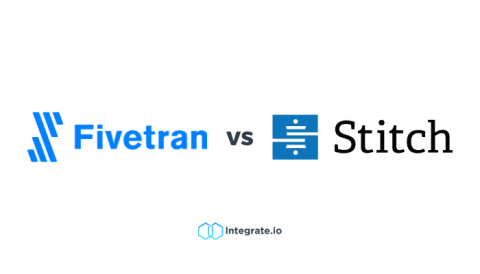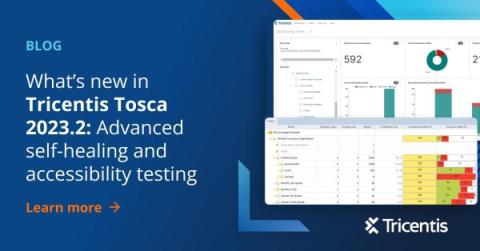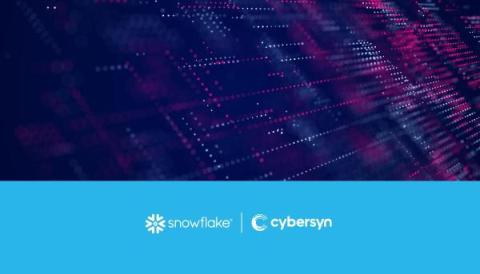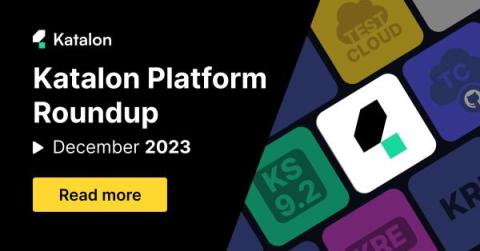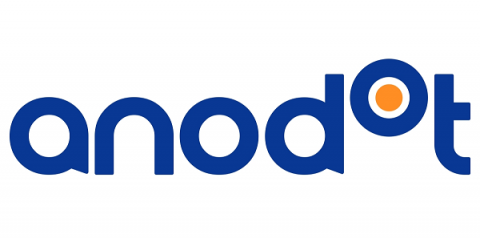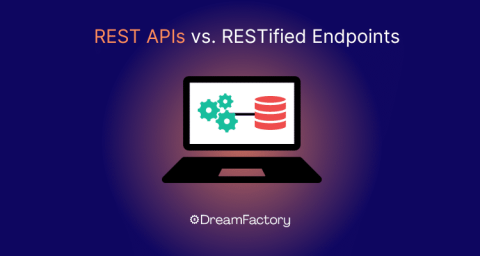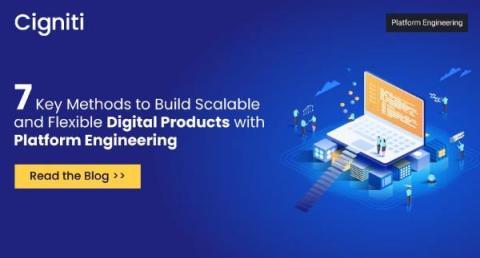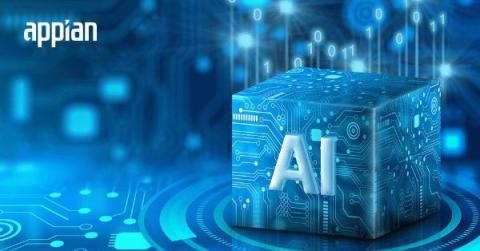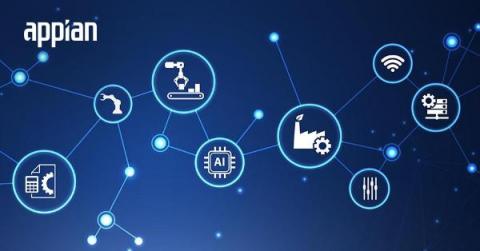Systems | Development | Analytics | API | Testing
%term
What's new in Tricentis Tosca 2023.2: Advanced self-healing and accessibility testing
We’re excited to unveil enhancements to Tricentis Tosca 2023.2, marking a significant leap in test automation with advanced self-healing and accessibility testing features.
Cybersyn Puts Detailed Data Sets at Decision-Makers' Fingertips With Snowflake Native Apps
Your company collects huge amounts of data about everything from customer transactions to supplier contracts to system performance. This valuable resource becomes even more valuable when you combine it with data about financial market and economic trends, consumer spending, regional demographics and other elements that provide broader context and insights for your business decisions.
Katalon Platform Roundup December 2023
To kick off the beginning of a new year, Katalon has made enhancements and improvements for TestCloud, TestOps, Katalon Studio, and KRE. The changes are listed below in their respective product section.
10 Tips to Manage Redshift Costs Without Compromising Performance
Effective management of Redshift costs is closely tied to data storage optimization. Choosing the right data types and implementing data compression are pivotal in reducing storage footprints and costs. Redshift’s columnar storage format enhances query performance, which in turn can lead to significant savings. For a more comprehensive approach, integrating tools like Anodot can provide advanced analytics and real-time visibility to further streamline storage efficiency and optimize costs.
REST APIs vs. RESTified Endpoints
7 Key Methods to Build Scalable and Flexible Digital Products with Platform Engineering
In modern technology, successful digital products and platforms are built on the bedrock of scalability and flexibility. Whether it’s a burgeoning startup or an established enterprise, adapting, growing, and handling increased loads without compromising performance is crucial. Platform engineering stands at the forefront of this paradigm, offering methodologies and frameworks that enable the creation of robust, scalable, and flexible systems capable of meeting evolving demands.
2024 AI Outlook: 4 Trends AI Experts Are Talking About
2023 was a breakout year for artificial intelligence. It dominated news headlines as well as LinkedIn feeds. But its impact goes beyond the professional—I often overhear conversations at coffee shops about AI from people who aren’t knee-deep in the field. Whoever you are, AI is likely having a transformative impact on your life.
How to Choose Mobile Devices for Testing in 2024
10 AI Trends Impacting Enterprises in 2024
Traditional AI models typically specialize in processing a specific type of user prompt, whether image- or text-based. However, a paradigm shift is underway with the emergence of a new generation of AI models known as "multimodal" systems. Unlike their predecessors, these advanced models can process a diverse range of inputs seamlessly. They can adeptly handle various media types, such as text, images, audio, video, and even code.


